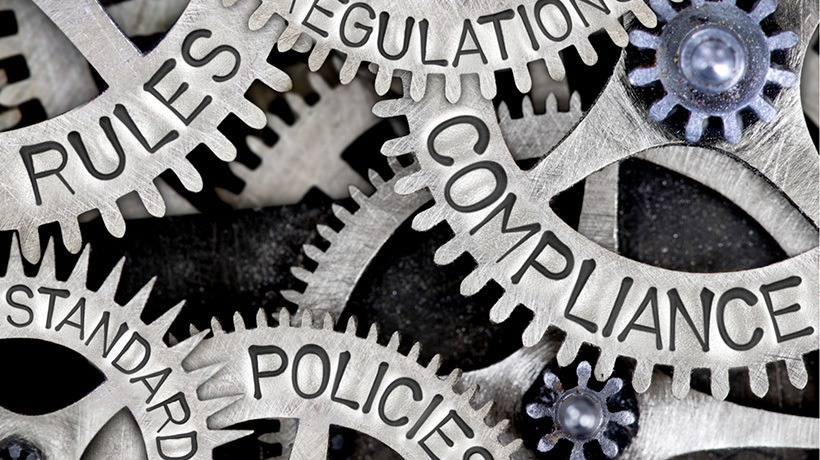Best Practices For Compliance Training
"An ounce of prevention is worth a pound of cure."
When Ben Franklin coined this phrase, he was talking about fire safety in Philadelphia. But, it also applies perfectly to business today. Preventing problems is cheap. Fixing them is expensive. One of the most cost-effective ways to avoid potentially enormous penalties is to implement a well-designed compliance training program.
In tightly controlled industries like healthcare or finance, maintaining compliance with the latest regulations is a serious business. One set of regulations, the Health Insurance Portability and Accountability Act (HIPAA), safeguards the medical information and rights of hospital patients and employees. Medical centers or personnel who violate HIPAA guidelines are often subject to noncompliance lawsuits that not only cost lots of money but can also result in the termination of employees [1].
In addition to lawsuits, businesses are subject to fines when compliance violations are discovered during an audit. Fines ranging from several million dollars to $2.7 billion have been levied on companies that violated HIPAA, Securities and Exchange Commission (SEC) guidelines, and European antitrust laws [2]. So, it’s impossible to overstate the value of a good compliance program in one of these situations—the Return On Investment can be astronomical.
A common compliance-related expense crops up when management doesn’t follow manufacturing best practices. For instance, it’s often tempting to take procedural shortcuts or use cheap materials when trying to deliver a product and meet a deadline. As the cost of bringing the operational systems into compliance grows, it can be even more tempting to leave non-compliant practices in place. Workarounds become the new normal, and as long as they are part of the business process, the company is at risk of being found out in an audit. Eventually, expensive updates are needed to avoid losses from poor product quality or regulatory fines.
Here’s how compliance training can address these problems:
Avoiding Lawsuits
Making mistakes is part of life, but in sensitive industries like healthcare, a mistake or law violation can have catastrophic results. For this reason, training consultants recommend compliance training to help healthcare employees maintain grow and maintain skills and keep up with the latest legal guidelines.
In this anti-malpractice training, doctors practiced recognizing diagnostic error first by exploring sources of cognitive bias, then by relating this knowledge to their work through case studies and interactive scenarios. This strengthened their clinical reasoning processes and enhanced their empathy toward patients, reducing the likelihood that they would make a mistake and trigger an expensive malpractice lawsuit.
Avoiding Fines
Money laundering is a massive problem worldwide, supporting billions of dollars of criminal activity. It’s so entrenched in the international banking system that several global organizations have been formed to combat it—and they combat it with strict regulations on the behavior of banks and their employees. If banks don’t follow anti-money laundering regulations (commonly known as AML) closely, then they are subject to massive fines. The monitoring group FINRA has a template for AML compliance training on its website to help financial businesses build their compliance programs and avoid these fines.
The pharmaceutical industry is regulated just as closely as the financial industry, and fines related to non-compliance are of a similar order. Violations of FDA guidelines have cost several major companies billions of dollars in punitive fines [3].
Following Best Practices
One way to improve compliance with regulations and business norms is simply to help employees do their jobs better. When fewer mistakes are made, there’s less chance of a violation and its financial consequences.
In one case, a genetic testing company that caters to pregnant women needed to improve their communication with its patients in the initial decision-making stage of their treatment. This interactive compliance training helped empower their patients, who typically have serious concerns about privacy, to gather information and make some decisions on their own before talking with a medical professional. This, in turn, helped the medical professionals do their jobs more effectively.
Compliance training comes in many forms. The ultimate goal is always to improve the overall business process by reducing errors and keeping the bottom line safe. It’s a very effective form of insurance with practically unlimited financial benefits.
References:
[3] FDA fines

